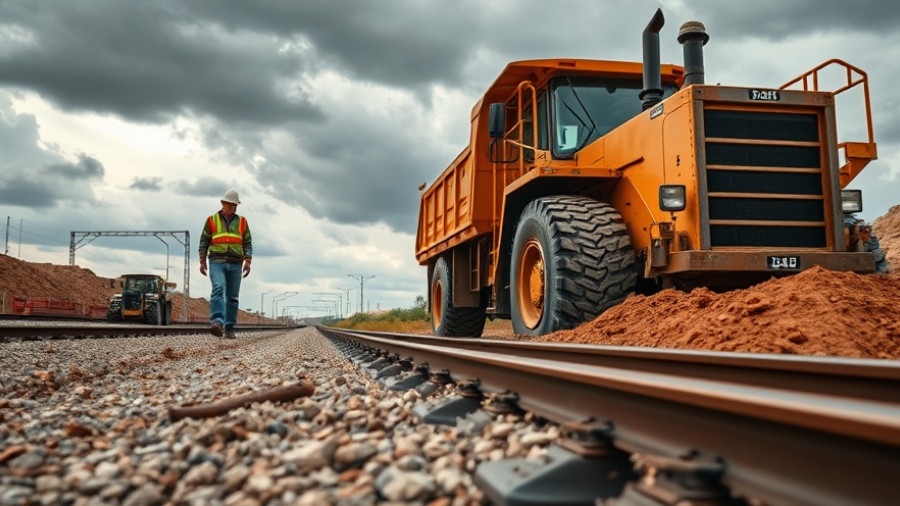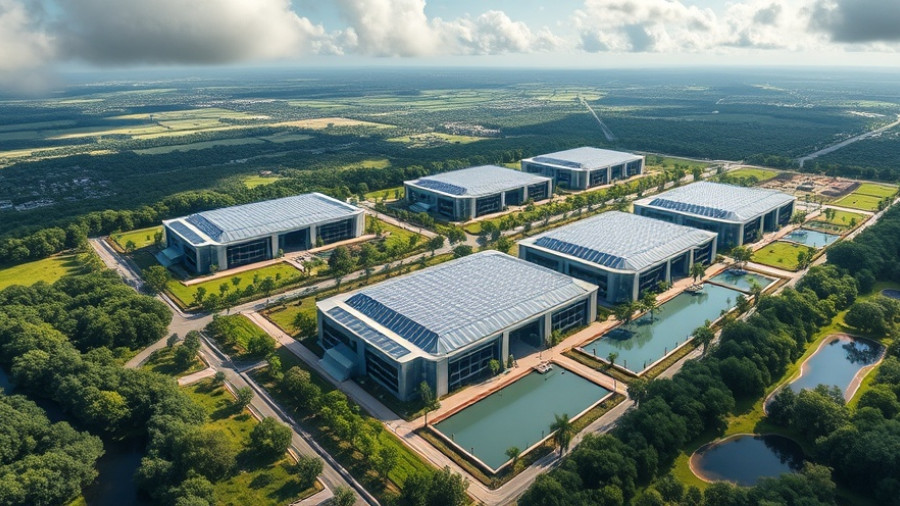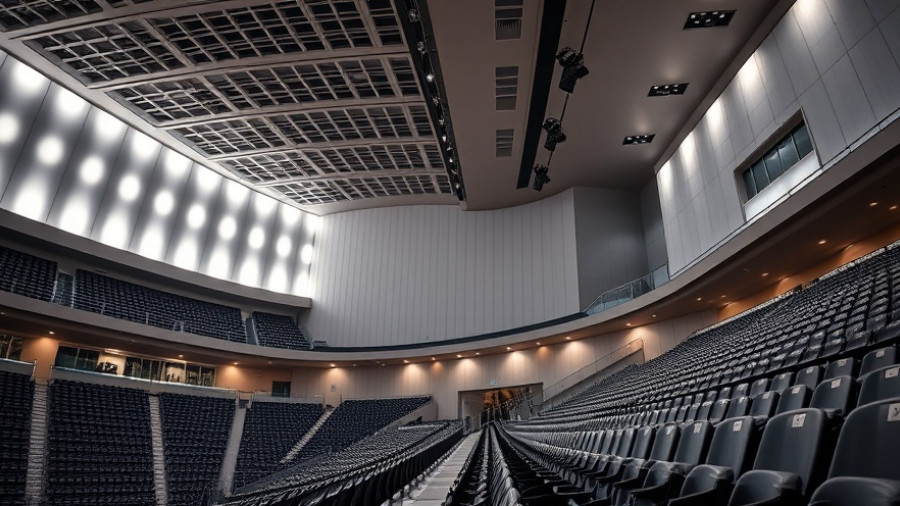
Understanding and Managing Construction Labor Costs
In the realm of construction, effective management of labor costs is essential, especially since they represent a significant portion—approximately 20-35%—of total project expenses. Business owners and property developers must grasp the nuances of these costs to drive profitability. It’s not just about the hourly wages of the workforce; understanding labor costs involves both direct and indirect expenses.
Breaking Down Direct vs. Indirect Labor Costs
Direct labor costs refer to expenses that are directly associated with the construction workforce engaged on-site. This includes wages, benefits, bonuses, and any necessary training or certification fees for active workers such as carpenters and electricians. In contrast, indirect labor costs encompass the broader labor ecosystem that supports construction operations but does not directly contribute to physical work—think project managers, safety officers, and administrative staff. A clear distinction between these costs allows for more precise budgeting and forecasting.
Strategies for Controlling Labor Costs
With fluctuating labor market conditions influenced by factors such as labor shortages and government regulations, managing these costs requires strategic planning. Here are several methodologies to enhance control:
- Real-time Cost Tracking: Implementing technology to monitor labor costs in real-time can significantly aid in identifying potential overruns early in a project, thereby preventing profit fade.
- Competitive Bidding: By thoroughly understanding labor costs, contractors can create more accurate bids that reflect true expenses, thereby improving competitiveness without sacrificing margin.
- Workforce Management: Properly managing and scheduling labor can minimize downtime and increase productivity, contributing directly to cost savings.
The Value of Comprehensive Cost Management
Effective labor cost management doesn’t just impact profitability; it influences a company’s strategic positioning in the marketplace. Firms that excel at monitoring and controlling labor costs can adapt more swiftly to the ebbs and flows of economic conditions, remaining resilient in the face of challenges such as inflation or legislative changes. This agility also enables them to capture opportunities for growth within the construction sector.
Future Predictions: The Evolving Landscape of Labor Costs
As construction continues to evolve, the challenges surrounding labor costs will likely increase. Automation, for example, may shift the way labor costs are assessed. The rise of smart construction technologies offers new avenues for efficiency but also necessitates a reevaluation of what constitutes direct and indirect labor costs. Firms should prepare for a landscape in which the integration of technology and skilled labor becomes critical for sustained success.
In conclusion, contractors and property developers must take a measured and informed approach to managing construction labor costs in order to remain competitive and profitable. By recognizing the difference between direct and indirect labor, employing effective management strategies, and anticipating future industry changes, businesses are better positioned to navigate the complexities of the construction landscape.
With these insights at your disposal, consider conducting a comprehensive review of your current cost management strategies today. Evaluate how they align with best practices to ensure not just survival, but thriving success in a competitive industry.
 Add Row
Add Row  Add
Add 




Write A Comment